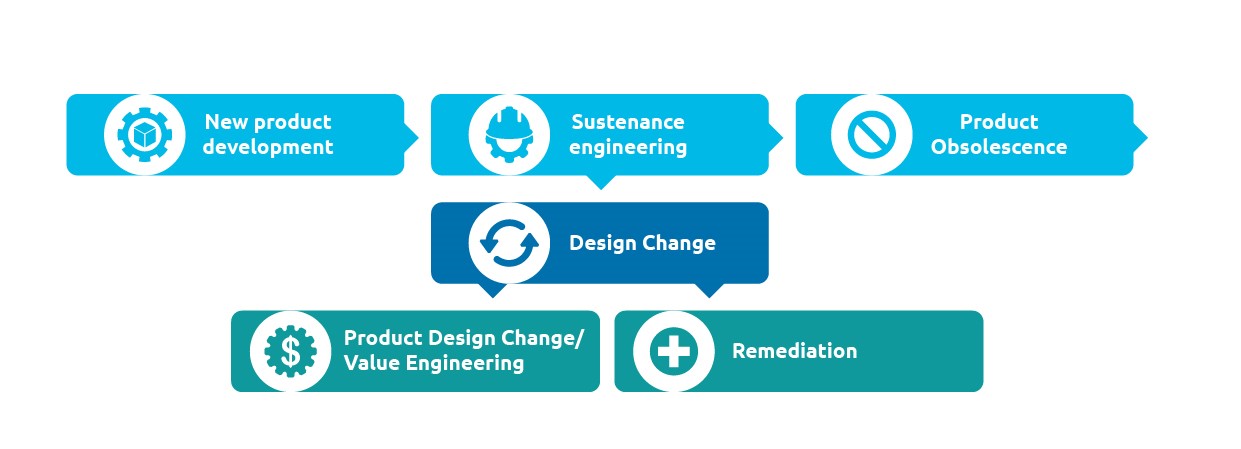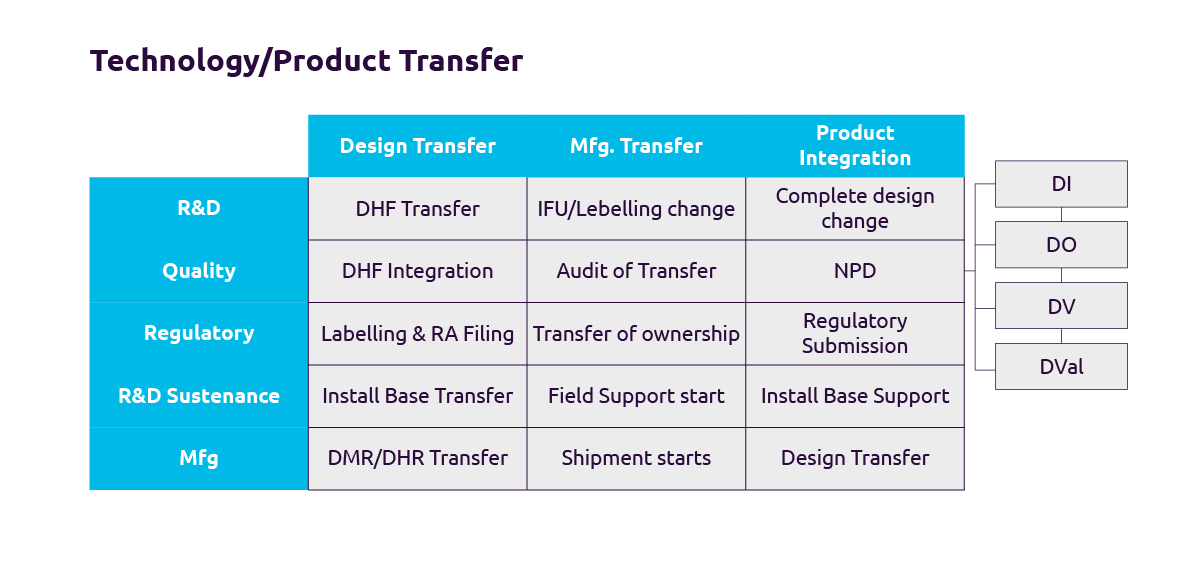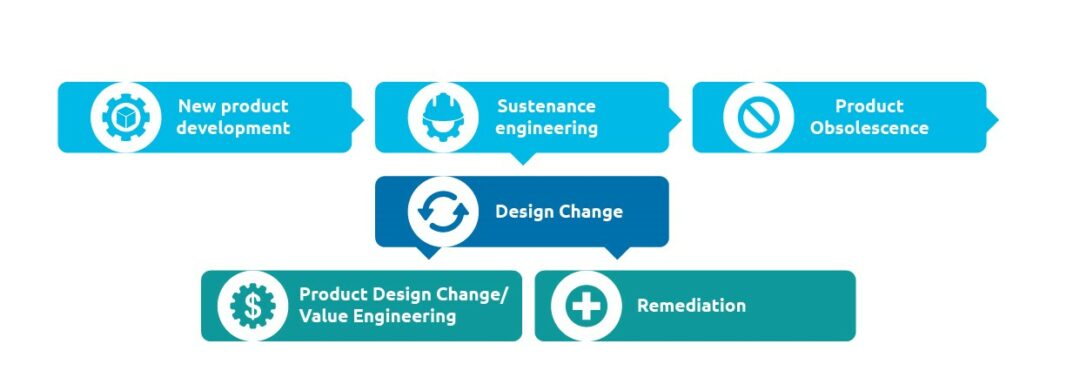Remediation through Partners – Optimizing R&D spend for short-term & long-term goals
Blog: Capgemini CTO Blog
The med tech industry is projected to grow at a compound annual rate of 5.6% worldwide from 2017 through 2024, reaching USD595 billion, according to a new analysis from Evaluate Ltd.
The total global R&D spend in the medical devices industry stood at USD48–49 bn in 2019, with the top 15 medical device OEMs contributing nearly three-fourths of it. Interestingly, the top five R&D spenders contribute 38% of the global R&D spend. Total med tech R&D spending is growing by 4.5%. Remediation costs represent 0.4–0.7% of annual sales of medical devices globally (Source: McKinsey report). Considering 8–10% R&D spend over sales, remediation cost can be substantial in R&D budgets.
Medical device manufacturers want to use their R&D budget for innovations such as invasiveness-reducing technologies, decentralized care technologies, telemedicine systems, home/self-care device connected device, AI/ML, etc. The last thing they want is to spend it on services such as remediation. This can be curtailed by proper planning, identifying the right partner, and reducing overall R&D spend over multiple years, as explained below-

Picture: Various states in a device lifecycle. Remediation is where the organization strives to spend the least budget.
Remediation is the process of aligning your quality system and product design artifacts with the latest regulatory body regulations and product standards requirements. It assures the safety and efficacy of products released into the market or of new products that are expected to be released. Typically, remediation can be initiated on the basis of regulatory body noncompliance notification, new guidance, or new standards released by regulatory bodies worldwide.
Mergers and acquisitions also necessitate remediation based on a company’s integration strategy. The acquired company’s quality management system may have to be aligned with that of the parent company. Manufacturing or design centers may have to be transferred for consolidation in different states or countries. It can result in DHF, DMR changes, labeling changes, FDA registration, etc.

As you can see in the picture above, there are three main categories during integration:
- Design transfer
- Manufacturing transfer
- Product integration.
Design transfer is initiated if a company decides to merge product lifecycle management with an existing group as a product consolidation strategy. A similar thought process is applicable to manufacturing. Companies may want to optimize their manufacturing footprint or leverage their existing manufacturing location to reduce cost. Sometimes, a company may want to integrate the acquired company’s product as an additional feature with an existing product. In either case, multiple elements of remediation must be initiated, as seen in the picture. The right partner can help to remediate various aspects during integration. It can help complete integration on time and reduce M&A costs substantially.
There are substantial short-term and long-term benefits of using partners for remediation. The short-term benefits are explained above. The long-term benefits are using remediation in managing sustenance engineering and, eventually, for new product development. During remediation, teams get to know the product, the system engineering elements, the design outputs, V&V, DHF, DMR, the product regulatory requirements, the quality management system, and the processes. This knowledge and experience can be very useful for managing product design changes, supplier changes, or obsolescence by a partner organization at a much lower cost.
Reach out to us to find out more about Remediation Services of Medical Devices.
Leave a Comment
You must be logged in to post a comment.








